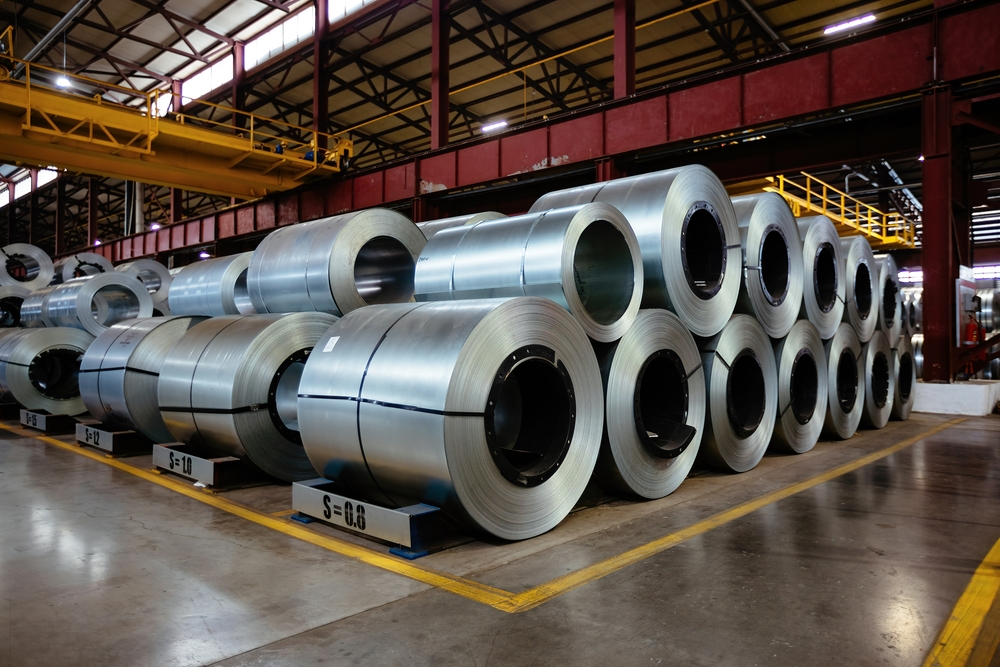As we head towards the close of 2024, the price trends for both precious and non-precious metals are expected to follow distinct trajectories, driven by varying global economic factors. In this blog, we will explore the key drivers behind the anticipated price movements of precious metals such as gold, silver, and platinum, as well as non-precious metals like nickel, zinc, iron ore, steel, copper, and tin. Understanding these trends can offer valuable insights for investors, manufacturers, and industries that depend on metal resources.
Precious Metals in 2024: Safe-Haven Demand and Industrial Use
Precious metals like gold, silver, and platinum have long been considered safe-haven assets, especially during times of economic uncertainty. The year 2024 is expected to see continued growth in the prices of these metals, albeit with some variation depending on their industrial applications.
Gold: A Safe Haven in Uncertain Times
Gold remains the leader among precious metals, and its upward trend is set to continue in 2024. Prices are expected to rise by around 8%, largely driven by global geopolitical tensions and financial uncertainty. Gold is traditionally viewed as a hedge against inflation, and with ongoing inflationary concerns in major economies, particularly in the U.S. and Europe, demand for the metal is likely to remain strong.
Moreover, central banks—especially those in China and other emerging markets—are expected to continue stockpiling gold as a strategy to diversify their reserves away from the U.S. dollar. This increased demand is another factor keeping gold prices elevated. Global conflicts, particularly those involving major powers, further add to the metal’s appeal as a secure investment during turbulent times.
Silver and Platinum: Industrial Demand Adds Complexity
While silver and platinum are also benefitting from safe-haven demand, their prices are more sensitive to industrial applications. These get used for more than platinum earrings and silver men’s bracelets – they’re widely used in electronics and solar energy production. With the growing demand for green technologies, the industrial use of silver could see some fluctuation based on manufacturing trends, particularly in Asia. However, silver prices are expected to trend upward in 2024, bolstered by both investment and industrial demand.
Platinum, another precious metal with significant industrial uses, particularly in automotive catalysts and hydrogen fuel cells, may experience more volatility. While its price is expected to rise, this increase will be tempered by fluctuations in global manufacturing activity. If industries like automotive and electronics recover strongly, platinum could see higher demand. Conversely, slowdowns in these sectors could restrain price growth.
Non-Precious Metals: A More Mixed Outlook
Non-precious metals, including nickel, zinc, iron ore, steel, copper, and tin, are expected to face a more mixed price outlook in 2024, largely due to oversupply issues, weaker global demand, and supply chain constraints.
Nickel and Zinc: Declining Prices Due to Oversupply
Nickel and zinc, two key metals used in various industries, are expected to experience significant price declines in 2024. Nickel, for example, is projected to see a sharp 21% price drop. This is primarily due to increased production in Indonesia, which has ramped up its output of nickel ore. Despite the metal’s essential role in stainless steel production and electric vehicle batteries, the current oversupply situation outweighs demand growth, leading to downward pressure on prices.
Similarly, zinc is facing oversupply issues, combined with weaker demand from sectors like construction and automotive, which rely heavily on galvanized steel. Global economic slowdowns in these key sectors are expected to suppress zinc prices throughout 2024, though short-term supply disruptions could cause occasional price spikes.
Iron Ore and Steel: A Struggle with Oversupply
Iron ore, a critical component in steel production, is also facing downward price pressure in 2024. The global construction sector, one of the largest consumers of steel, has been sluggish, particularly in China, where a real estate slowdown has diminished demand for construction materials. This is contributing to a softer outlook for iron ore prices.
Steel prices are expected to follow a similar trend, with oversupply and weak demand continuing to exert downward pressure. However, if infrastructure projects pick up in key markets, such as the U.S. or Europe, steel prices could stabilize or even recover slightly.
Copper and Tin: Modest Gains Driven by Supply Constraints
Unlike other base metals, copper and tin are forecasted to see modest price increases in 2024. Copper, essential for electrical wiring and renewable energy technologies, is experiencing supply constraints, particularly from key producers in South America. These supply chain issues, combined with steady demand from the energy sector, are expected to keep copper prices elevated.
Tin, which is crucial in electronics and soldering, is also facing supply shortages, especially in Southeast Asia. This constrained supply, coupled with steady demand from the tech industry, is expected to keep pushing tin prices higher in 20241q`. These modest gains could continue into 2025 if supply chain disruptions are not resolved.
Conclusion: Navigating the Metals Market in 2024
For the remainder of 2024, the price trends for precious and non-precious metals will be shaped by a combination of economic, geopolitical, and industrial factors. Precious metals, particularly gold, are likely to benefit from ongoing economic uncertainty and strong demand from central banks. Silver and platinum, while also poised for growth, may see more fluctuations due to their industrial applications.
On the other hand, non-precious metals face a more complex outlook. While nickel, zinc, and iron ore are expected to face downward pressure due to oversupply and weak demand, copper and tin may see modest gains driven by supply constraints. Investors and industries that rely on these metals will need to monitor global economic and supply chain developments closely to navigate the shifting market dynamics in 2024.
Keep an eye for more latest news & updates on Times Analysis!



